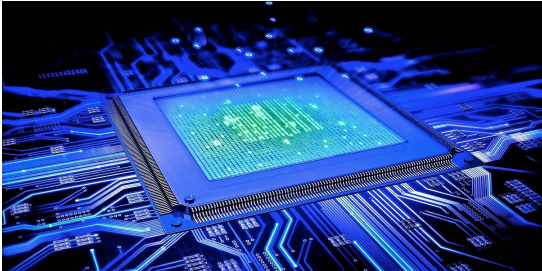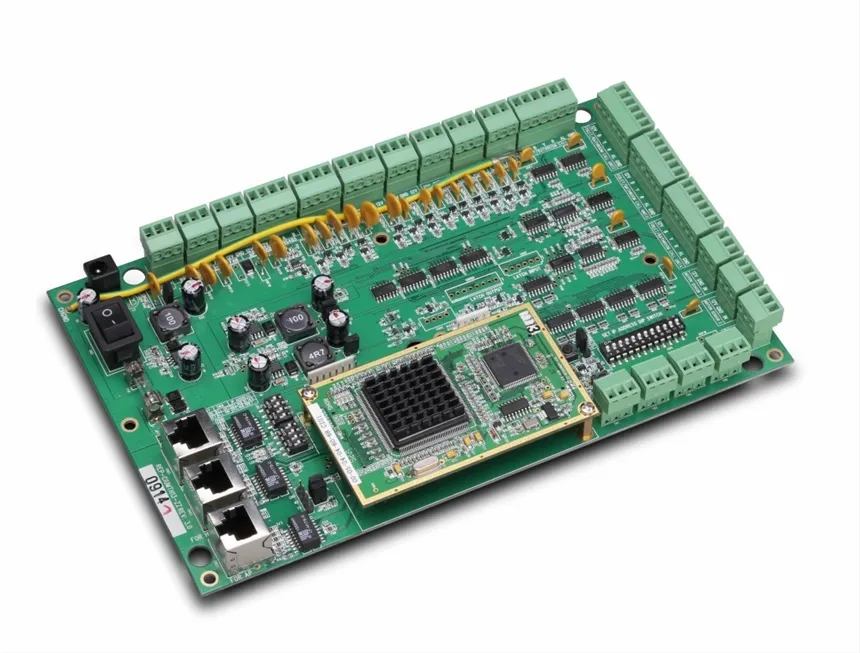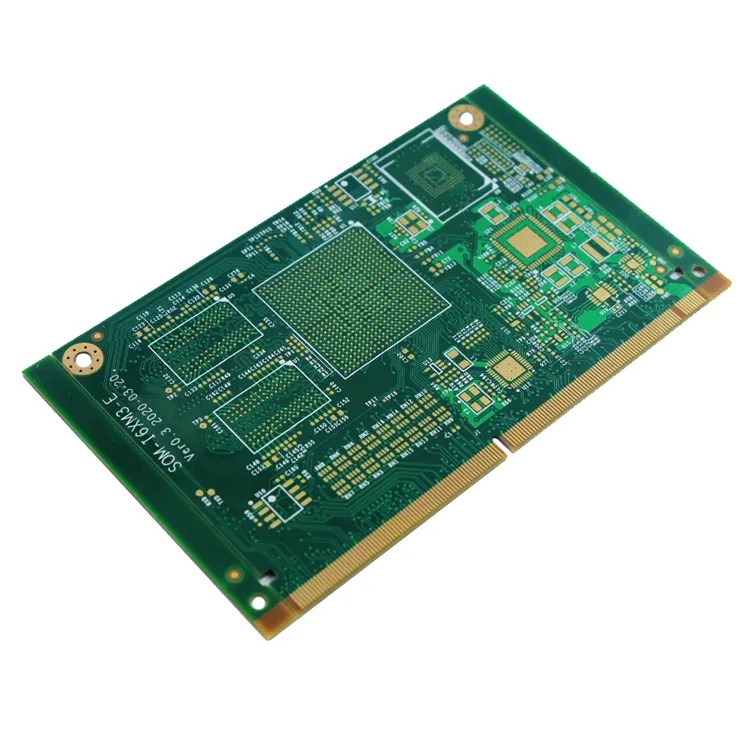
Why should PCB be impedance? This paper first introduces what impedance is and the types of impedance, then introduces why PCB should be impedance, and finally explains the significance of impedance to PCB,
In a circuit with resistance, inductance and capacitance, the blocking effect on alternating current is called. Impedance is often represented by Z, which is a complex number. The real part is called resistance, and the imaginary part is called reactance. The blocking effect of capacitance on alternating current in the circuit is called capacitive reactance, the blocking effect of inductance on alternating current in the circuit is called inductive reactance, and the blocking effect of capacitance and inductance on alternating current in the circuit is called reactance. The unit of impedance is ohms.

PCB
(1) Characteristic impedance
In computer, wireless communication and other electronic information products, the energy transmitted in the circuit of PCB is a square wave signal (called pulse) composed of voltage and time, and the resistance it encounters is called characteristic impedance.
(2) Differential impedance
Two identical signal waveforms with opposite input polarity at the drive end are transmitted by two differential lines respectively, and the two differential signals are subtracted at the receiving end. The differential impedance is the impedance Zdiff between two lines.
(3) Odd mode impedance
The impedance Zoo of one line to ground in the two lines is the same.
(4) Even mode impedance
The impedance Zcom of two identical signal waveforms with the same input polarity at the drive end when the two lines are connected together.
(5) Common mode impedance
The impedance Zoe of one line to the ground in the two lines is the same, which is usually larger than the odd mode impedance.
The impedance of pcb circuit board refers to the parameters of resistance and reactance, which hinder the alternating current. In pcb production, impedance processing is essential. The reasons are as follows:
1. PCB circuit (board bottom) shall consider the connection and installation of electronic components. After the connection, the conductivity and signal transmission performance shall be considered. Therefore, the lower the impedance, the better, and the resistivity shall be less than 1&mes per square centimeter; 10-6 or less.
2. During the production process of PCB, it is necessary to go through such processes as copper deposition, electrotinning (or chemical plating, or thermal spraying), and connector soldering. The materials used in these processes must ensure the low resistivity to ensure that the overall impedance of PCB can meet the product quality requirements and can operate normally.
3. The tin plating of PCB is the most likely problem in the whole PCB production, and is the key link affecting the impedance. The biggest defects of electroless tin coating are easy to change color (easy to oxidize or deliquescence) and poor solderability, which will lead to difficult soldering of PCB, high impedance and poor conductivity or unstable performance of the whole board.
4. There will be various signals transmitted in the conductor of PCB. When the frequency must be increased to improve the transmission rate, if the circuit itself is different due to etching, stack thickness, wire width and other factors, the impedance value will change, the signal will be distorted, and the usability of PCB will decline. Therefore, it is necessary to control the impedance value within a certain range.
For the electronic industry, according to the industry survey, the most fatal weakness of the electroless tin coating is that it is easy to change color (i.e. easy to oxidize or deliquescence), poor solderability leads to difficult welding, high impedance leads to poor conductivity or unstable performance of the whole board, and easy to grow tin must lead to PCB circuit short circuit, even burning or fire events.
It is reported that Kunming University of Science and Technology was the first to study electroless tin plating in China in the early 1990s, followed by Guangzhou Tongqian Chemical (Enterprise) in the late 1990s. Up to now, the industry has recognized that these two institutions are the best in the past 10 years. Among them, according to our contact screening survey, experimental observation and long-term endurance test of many enterprises, it is confirmed that Tongqian Chemical's tin coating is a pure tin coating with low resistivity, and the quality of conductivity and brazing can be guaranteed to a higher level. No wonder they dare to ensure that their coating can keep color free, bubble free, peeling free and permanent tin whiskers free of any sealing and anti discoloring agent protection for one year.
Later, when the whole social production industry developed to a certain extent, many later participants often copied from each other. In fact, a considerable number of enterprises themselves did not have the ability to research and develop or initiate, so many products and their users' electronic products (the bottom of the circuit board or the overall electronic products) had poor performance, and the main reason for the poor performance was the impedance problem, Because when unqualified chemical tin plating technology is used, the tin plated on PCB is not really pure tin (or pure metal simple substance), but a tin compound (that is, it is not a metal simple substance at all, but a metal compound, oxide or halide, more directly a non-metallic substance) or a mixture of tin compound and tin metal simple substance, but it is difficult to find with the naked eye alone.
Because the main circuit of PCB is copper foil, and the solder joint on the copper foil is the tin coating, and the electronic components are welded on the tin coating through solder paste (or solder wire). In fact, the solder paste is welded between the electronic components and the tin coating in the melting state, which is metal tin (that is, a metal substance with good conductivity), so it can be simply pointed out that the electronic components are connected with the copper foil at the bottom of PCB through the tin coating, So the purity and impedance of tin coating are the key; Also, before connecting PCB components, when we directly use the instrument to detect impedance, in fact, both ends of the instrument probe (or called the probe) also connect the current by contacting the tin coating on the copper foil surface at the bottom of the PCB first, and then with the copper foil at the bottom of the PCB. Therefore, tin coating is the key, the key to affect the impedance, the key to affect the performance of PCB, and the key that is easy to be ignored.







